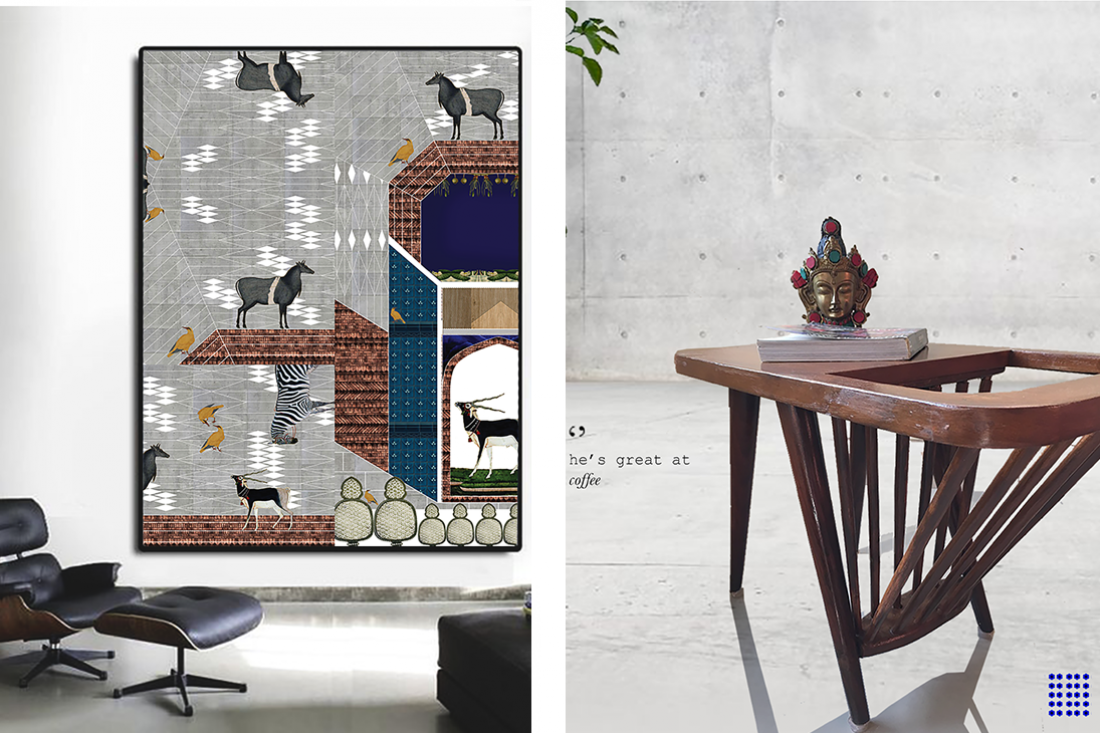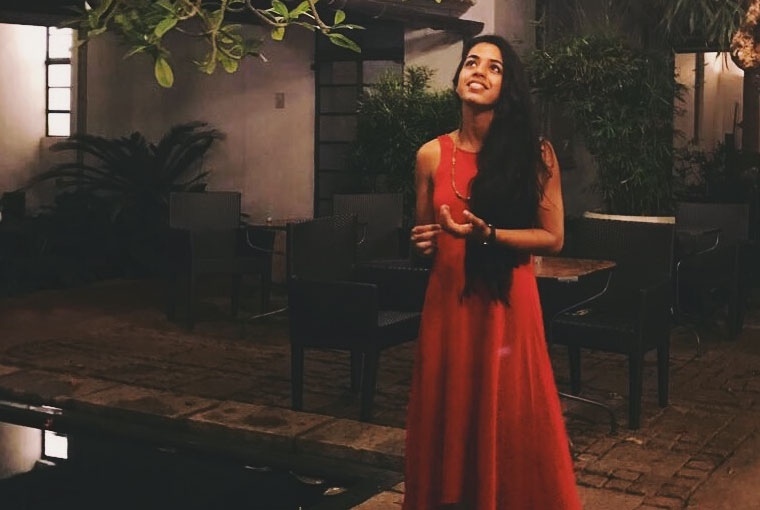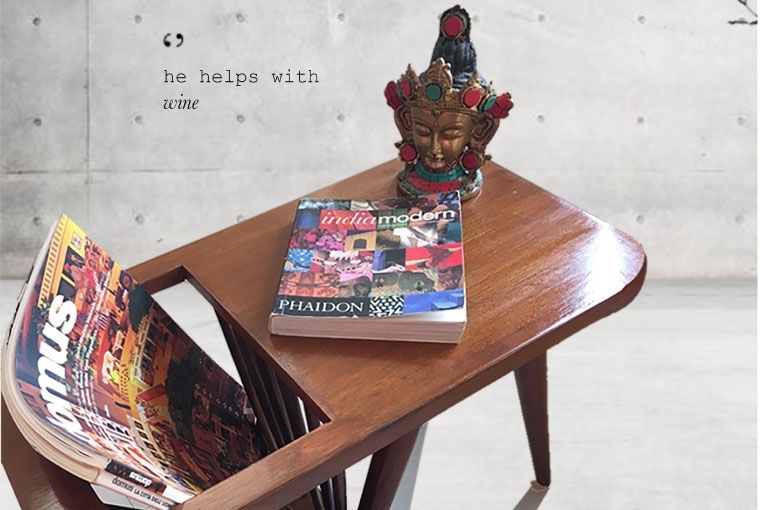

Sahiba Madan worked her way from being an architect to being the voice of an evolving sensibility - a design and architectural blend. One that involves and combines the various stages of building-design culture, from ideation to implementation. A most unique and noble establishment was born out of her need to redefine the roles of the unsung architect-heroes behind the traditional hand crafts of India - the craftsmen. Today, that very establishment works with traditional craftsmen across the country, to keep the practice of India’s building culture, alive and consolidated. After all, as Sahiba pointed out about building - 'It is a collective phenomenon based on shared knowledge systems rather than individual acts of creation.'
This singular thought is the very motivation behind kalakaarihaath, where the collective minds of karigars give birth to artworks that redefine their niche. Whether its lifestyle products, wall art or handcrafted furniture. What it is, is a solid and succeeding attempt at forever changing the way things work in architecture especially focusing on home decor and space design, while involving all people at all stages of the services that it delivers. Sahiba takes us through the journey of kalakaarihaath and what it’s been up to lately, which as usual, is quite a bit.

Sahiba Madan a.k.a kalakaarihaath
What is the entire philosophy of your work?
I've always enjoyed working with the details. When I was studying, my final year was majorly centred around the thesis, which typically is the final design project in the course. It involves intense research in the theory of the subject, which ultimately informs the final output, which is a built form.
Throughout the course, I realised that my understanding of design was always very craft-inspired and lied in the tiny details that gave character to the building. I enjoyed illustrating to document my process in almost every project.
In my final year, I decided to research the building craft of India. The culture of building is a co-ordinated system of knowledge, rules, procedures and habits that surrounds the building process in a given place and time. Within a building culture, construction is rarely a solitary act, isolated from the material, social and aesthetic world around it. Realising that the architect didn't originally exist in traditional building culture, the study shifted into understanding this role of the architect vs the craftsmen. As a method of documentation, I hand illustrated a series of postcards for it. These in turn, inspired kalakaarihaath.
Your portfolio really impresses, with all the wood work, brass work, paintings, mixed media, illustration, digital art, photo collage. And you've used them for several media from wall art to furniture. What is the creative process that goes into choosing the right technique for the right kind of project?
Every project has an individual functionality, aesthetic and brief. Since, we're constantly trying to relate traditional practices and adapt them into contemporary situations, the medium chosen becomes very crucial. At its core, this selection is informed completely by the style of work selected for the project and its ability to add value to the final product.
In architecture, you cannot just build a structure out of an impulse or thought. There is an entire process where the function, users, context, availability of materials, commercials, et al is considered. Having studied design in this field, it's impossible to think about any project without the process. Every project has an intensive concept/ideation phase where everything from design language, intent, function, mediums and techniques are researched and realised. A number of sample draft phases follow this and only then we start working towards the final product.
Also talking about how varied your design sensibilities are, is there a common thread that ties them all together?
Having studied design, I realised that there really isn't anything that binds us to a certain field/scope of design. Design is so vast and has so many possibilities.
I think design language largely stems out of a certain kind of personal aesthetic, influences and intent. We're constantly trying to work with various mediums and materials to understand how they translate into products and styles. If something had to tie all of our work, it would be two things -one is where we draw our inspiration from and two, the intensive process that we follow for each individual project.
Your self-initiated Bas Ek Sut line of furniture experiments tells quite the story. Could you share the story behind the project and what went into it?
During my thesis research, I did an intense study on the building craft methods of traditional Indian practices. I used various methods of documentation, photographs, illustrations, drawings. When I quit my job, one of the projects I took up was redoing my house. My family has lived in this house for over 35 years and owned furniture that was made with the finest Burma teak back then. To use all of that research I did in these remote parts of the country and to attempt to translate them with my own aesthetic sensibilities into these furniture pieces that sit in a city home was in essence the story behind the Bas Ek Sut line of furniture.

Handcrafted coffee table from Bas Ek Sut furniture line
In what ways are the ideas behind your self-initiated projects born and fuelled?
I've always been self motivated, right through school to today. A lot of the work I did initially just came from this need to convert a thought into a drawing or to understand how two materials would or wouldn't work. As compared to medicine or engineering, design as a course is not linear, where one would logically have the next step figured out. I for one, did not have immediate clarity of what this course is/was going to be for me, so I started trying different things through these self initiated projects.
Going forward, do tell us what's ahead for kalakaarihaath.
In our journey of two years now, people have started identifying us with niche wall features and art centric space design. This is pretty much what we're working on currently. Also I'm working towards my own retail store/workshop and work towards setting up a full time design studio, where I can have products and craft skills on display.
See more of kalakaarihaath's work here.
Text Shristi Singh